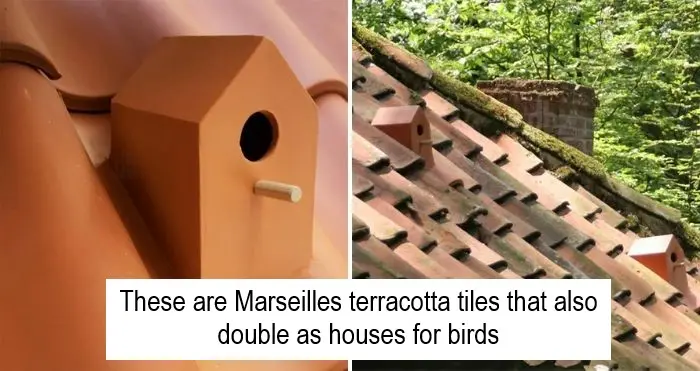A Turkish terracotta manufacturer is producing birdhouse roof tiles and they are what they sound like. These are Marseilles terracotta tiles that also double as houses for birds. Turkey is a key stopover for migratory birds as it acts as a bridge between the European, Asian and African continents. Every year, about 6.5 million birds try to cross Anatolian peninsula. During seasonal transitions, the country hosts more than 400 different migratory bird species and serves as their feeding and breeding ground.
But as civilization progressed over the years, residential buildings and business establishments sprouted up almost everywhere. As a result, migratory birds are forced to find ways to fit themselves in tight urban spaces. Turkish architects have built Ottoman-style avian homes that look like miniature palaces attached to the walls of homes and bridges. However, these elaborate birdhouses aren’t enough to provide temporary shelters to millions of migratory birds. For this reason, Dutch product design agency Klaas Kuiken designed the birdhouse tiles to offer more places where our feathered friends may rest and feed within the city.
Birdhouse Roof Tiles
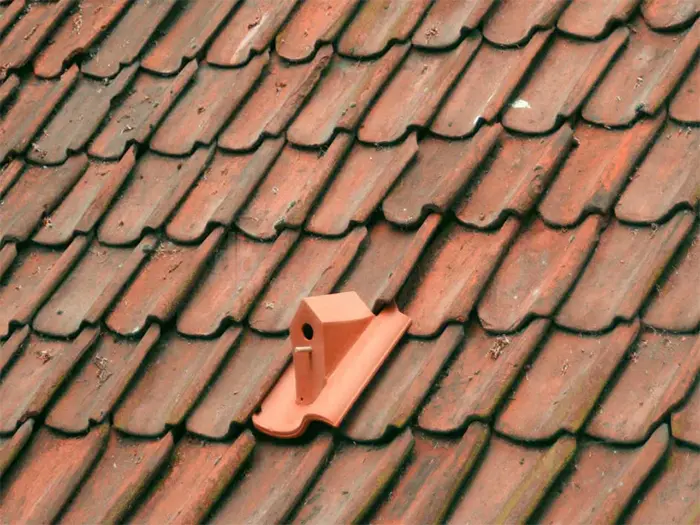
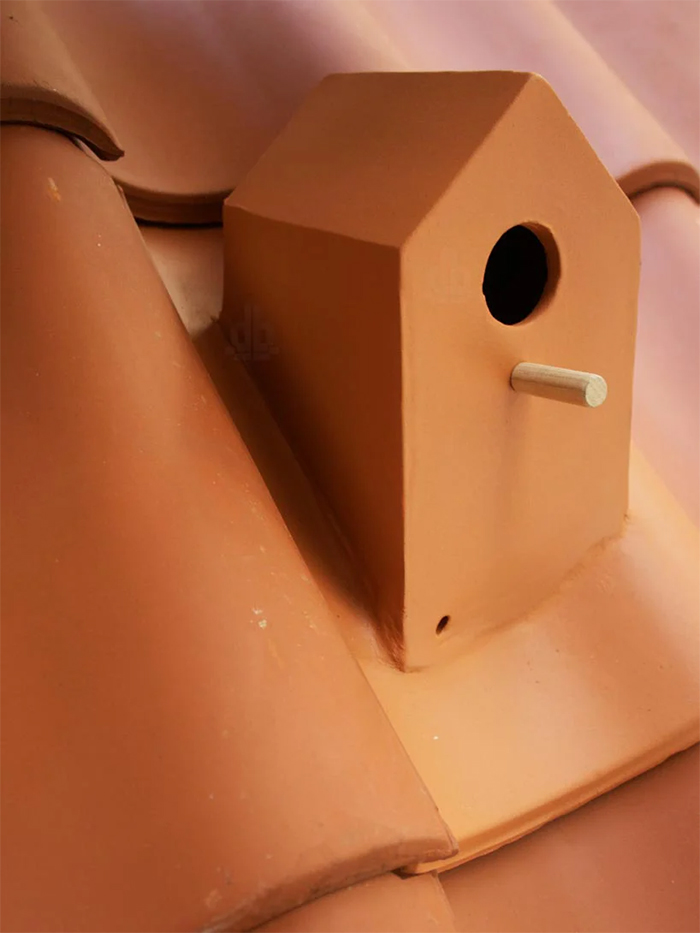
These are like standard tiles with archetypal birdhouse on top. Each birdhouse has a small opening wide enough for migratory birds to access and small enough to protect them from cats. Klaas Kuiken’s concept later inspired Hitit Terra, a Çorum-based terracotta manufacturer, to mass-produce these unique roof tiles in the country’s goal to solve the shrinking bird population.
Klaas Kuiken’s Design
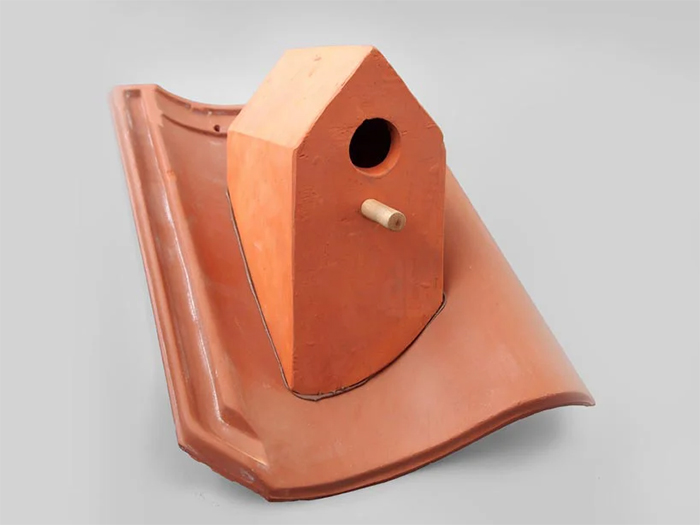
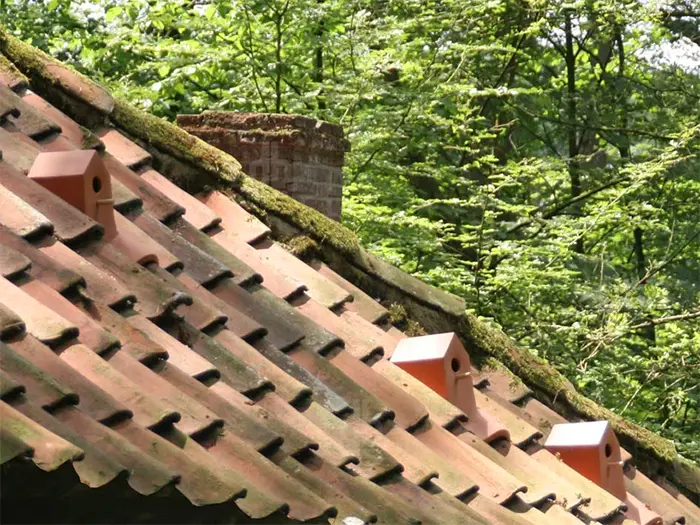
Hitit Terra’s roof tiles were tested by the 5th Regional Directorate of National Parks and Afyon Nature Conservation. After the testing phase, Hitit Terra redesigned the tiles based on the demand and feedback. They are now manufacturing 5 different designs to accommodate different species of migratory birds.
Hitit Terra’s Design
https://www.instagram.com/p/BKk7TDkAfBR/
While the finished design look like a comfy abode for birds, some people raised some of their concerns about it



Source: Klaas Kuiken

